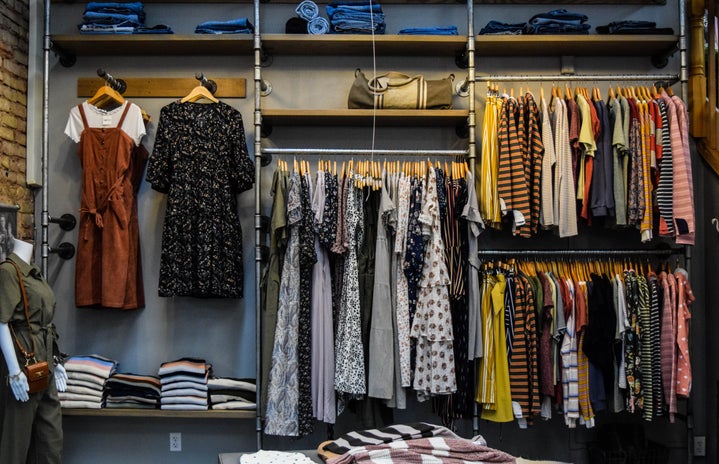Lately, there has been a lot of controversy over cultural appropriation but what does this actually mean? Cultural appropriation is taking things from a culture that is not yours, such as wearing a bindi as a fashion statement when you’re not of Indian descent. While some people think this is concerns taking political correctness too far, for others it causes serious offence.
Vogue recently had a cover page which featured Kendall Jenner for their Vogue India edition which caused a lot of backlash as people thought they should have used an Indian model. Vogue issued a statement saying that 90 percent of the Vogue India photoshoots have featured Indian models over the past 10 years and that because they are an international brand, they like to feature international celebrities.
However, does this mean that we must question if it is acceptable to wear hoop earrings, use henna or put your hair in braids? Many celebrities have faced backlash for wearing bindis and using henna. Celebrities claim to be celebrating different cultures however some have called this celebration as casual racism.
A group of British students organised a ‘Night of the Raj’ party in which Indian attire is required then they are ignorant to the history of British rule over India and how Indian dress played a part in Indian oppression. This is casual racism because they either did not know about British rule in India (Raj) or cared to educate themselves.
Some say that people are too sensitive and that it is difficult to draw a line between being fashionable and being racist. It does not mean that you can’t wear a bandana or wear red lipstick if you are not of Latin or Mexican heritage however we need to be slightly more sensitive around the history of this culture and why this culture dresses in a certain way.
For example, the bindi is worn most commonly as a sign that an Indian woman is married. I asked my Indian friend of 7 years what her opinion was on white people wearings bindi’s and her opinion is quite positive and that she is excited to see the Indian culture outside of her hometown in Kerala, India.
Using culture in fashion is about understanding the symbols and ensuring their use is appropriate. A native American headdress which is worn by leaders of tribes possibly isn’t the best fashion statement that a Victoria’s Secret model can wear. Native Americans usually lived in poverty therefore wearing this style of headdress is often a sign of privilege and not a way of exploring another culture. Western countries have a history of styling other cultures dress as it is seen as different, bright and colourful compared to jeans and hoodies which is understandable however this obviously doesn’t make this casual racism acceptable.
We need to educate ourselves about the meaning of a cultures dress before donning something that could be deemed as offensive from a member of that culture.



